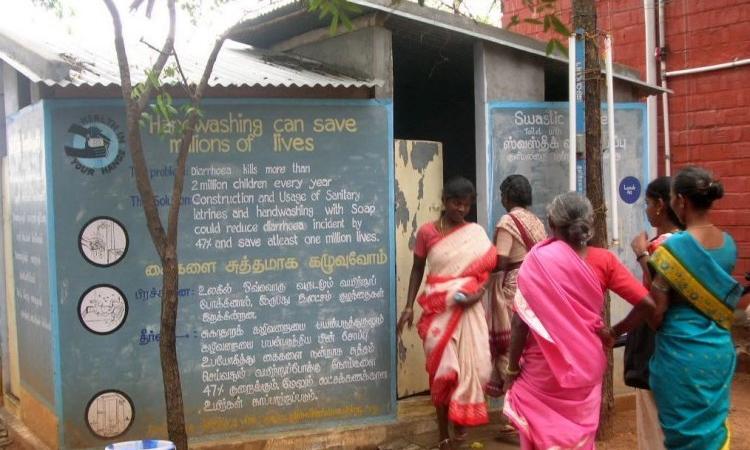
Swachh Bharat Mission reduced groundwater contamination: UNICEF
Based on ground reports from three states—Bihar, Odisha and West Bengal—a study released by UNICEF has claimed that the Swachh Bharat Mission has reduced the groundwater contamination in many villages. As per the report, the groundwater samples suggested that villages not free of open defecation were 11.25 times more likely to have their groundwater sources contaminated with faecal matters as compared to open defecation free villages. Similarly, there are higher chances of soil, food and drinking water contamination found in non-ODF villages as compared to ODF villages. Additionally, according to another study by Bill and Melinda Gates Foundation, Swachh Bharat Mission has mobilised around Rs 23,000 crore for creating awareness on sanitation in rural areas.
Maharashtra and Gujarat gear up for Cyclone Vayu
While a good part of the country is reeling under a heatwave, the Saurashtra Peninsula of Gujarat and Maharashtra are all geared up for Cyclone Vayu. The cyclonic storm is expected to peak with a wind speed of around 135 kmph and likely to cause wind and heavy rainfall over Saurashtra and Kutch mainly on June 13 and 14. The Indian Meteorological Department (IMD) has issued an orange alert indicating that the cyclone will not cause much damage on land while fishermen have been warned not to venture into the sea till the storm subsides. In Maharashtra, the cyclone caused heavy rainfall in the suburbs accompanied by lightning and thunderstorm but maintained significant distance from the coast.
New disaster management system in Kerala to face monsoon calamities
Taking lessons from the floods that devastated the state in 2018, the Kerala government has introduced an incident response system (IRS), a disaster management mechanism covering state and central departments, and an emergency action plan for 12 out of 17 major dams. Normally the implementation of the IRS is notified only up to the district level. The Kerala government, however, has decided to take the IRS down to taluk level. The state has also created an orange book specifying a standard operating procedure for each and every department. The book also enumerates the issuing of warning systems to the public for every monsoon event.
Punjab to turn into a desert in 20 years
As predicted by different national and state level agencies, Punjab is staring at a grim future with 79 percent of the state over-exploiting its subsoil water, the water found immediately below the topsoil. Currently, the annual rate of fall in subsoil water is 51 cm per year. If the rate of fall continues, water up to a depth of 100 m will finish in 12 years while the water available at 300 m will finish in 20-25 years and in 22 years, the state would empty all its water reserves. The state agriculture department’s figures show that despite the enactment of the Preservation of Subsoil Water Act in 2009, over 96 percent of groundwater extracted is used to grow paddy.
No consent on construction of Nyamjang Chu hydel project: WWI report
According to a report by the Wildlife Institute of India (WII), all the locals interviewed during the assessment at the project site were opposed to the construction of the proposed Nyamjang Chu hydel project in Arunachal Pradesh. After the 2016 order by the National Green Tribunal (NGT) that suspended the environmental clearance given to the project, the WII has been tasked to conduct an assessment of the possible impact of the project on the black-necked crane habitat in Zemithang Valley in the state. As per the report, locals have opposed the project as it will submerge the entire habitat of the crane and the settlements of the people and a 13th century stupa, the Gorzam Chorten.
This is a roundup of important news published between June 5 - 11, 2019. Also read policy matters this week.